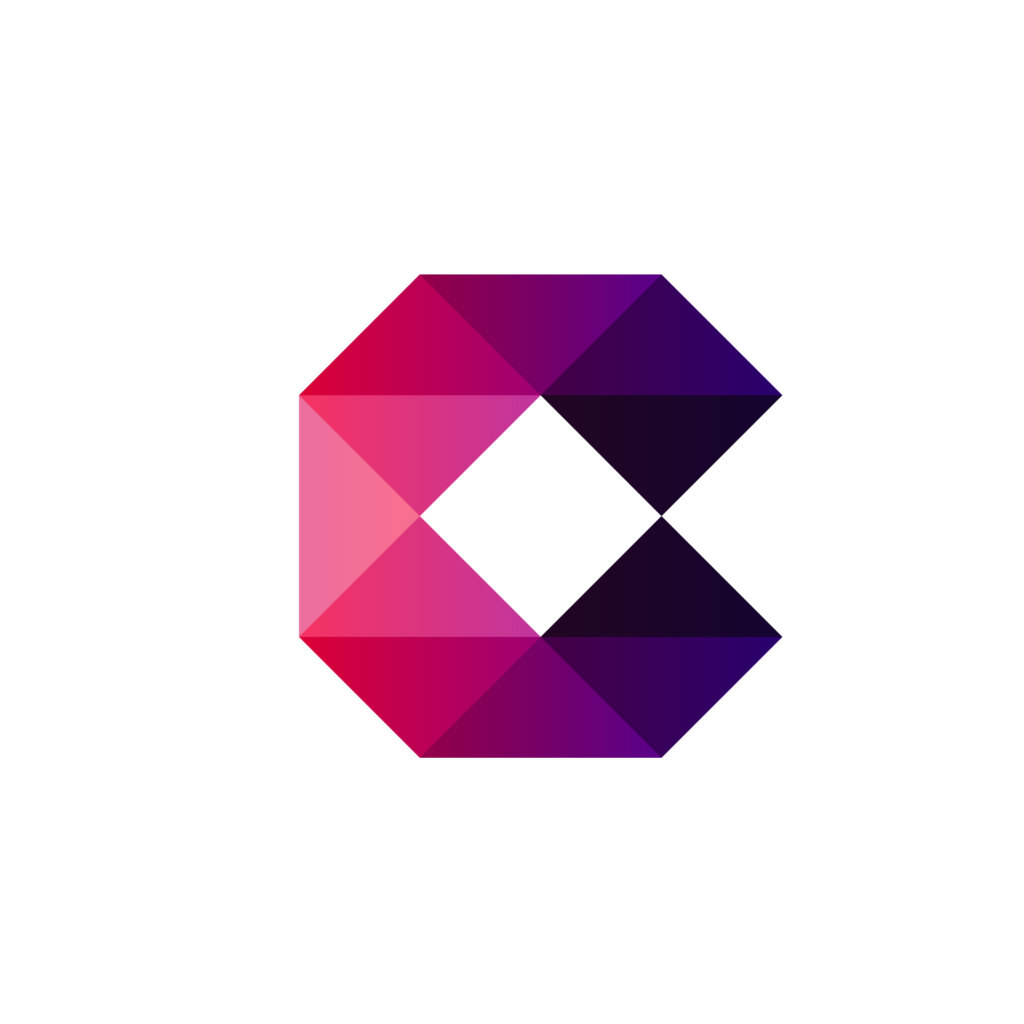Ethereum Foundation Launches Institutional Portal to Bring Global Finance On-Chain
TLDR
- Ethereum unveils portal to bring banks and finance fully on-chain.
- Institutional finance meets Ethereum’s secure, scalable infrastructure.
- Ethereum leads RWA and stablecoin adoption with global institutions.
- Privacy tech and L2 scaling set Ethereum for enterprise-grade growth.
- From DeFi to TradFi: Ethereum aims to anchor global financial systems.
The Ethereum Foundation has launched a dedicated platform, “Ethereum for Institutions”, to accelerate Ethereum institutional adoption. The site aims to position Ethereum as the primary infrastructure for global financial systems, offering reliable and secure solutions. This move signals a strategic shift to attract traditional finance and establish Ethereum as a compliant and scalable base layer.
Ethereum Institutional Adoption Gains a New Gateway
Ethereum’s new institutional portal offers tools and guidance to integrate traditional finance into blockchain systems. The Ethereum Foundation’s Enterprise Acceleration team manages the initiative, aiming to simplify the onboarding process. They highlight Ethereum’s consistent uptime, with more than 1.1 million validators maintaining the network’s resilience.
The website highlights Ethereum’s ability to scale, particularly for institutions that utilize real-world assets and stablecoins. Major players, including BlackRock, Visa, and Coinbase, utilize Ethereum infrastructure for high-volume transactions. These firms demonstrate how Ethereum can meet the security, transparency, and composability needs of large financial entities.
This shift in strategy follows years of community-driven growth, with a focus on gaming, NFTs, and meme culture. However, the Foundation now focuses its efforts on global finance use cases. This step aims to present Ethereum as a neutral and programmable settlement layer for institutional-grade applications.
Real-World Assets and Stablecoins Dominate the Use Cases
Ethereum institutional adoption centers around tokenized real-world assets (RWA) and stablecoins, which now drive most network activity. The portal features leaders like Securitize, Maple, and Ondo Finance, which issue tokenized bonds and offer 24/7 settlement. Institutions now access a regulated environment with programmable tools for capital markets.
Over 75% of tokenized RWAs and 60% of global stablecoins run on Ethereum. The chain enables seamless transactions through Tether, Circle, PayPal, and Ethena Labs-backed assets. These tokens support fast, cross-border payments with high liquidity and transparency.
The platform outlines how businesses can explore opportunities in lending, payments, and compliance via Ethereum’s open architecture. This strengthens Ethereum institutional adoption by offering real use cases with proven on-chain reliability. The emphasis remains on turning blockchain into the backbone of traditional finance systems.
Privacy, L2 Scalability and Institutional Security Drive Growth
Ethereum prepares for institutional-scale adoption with the upcoming Fusaka upgrade, which boosts block gas limits to increase throughput. This update will make Layer-2 (L2) scaling cheaper and more efficient for enterprise applications. These changes enable Ethereum to process high transaction volumes without increasing fees or experiencing congestion.
Zero-knowledge (ZK) proofs, homomorphic encryption, and trusted execution environments form the core of Ethereum’s privacy stack. Projects like Chainlink, Aztec, and RAILGUN offer secure, compliant, and private financial applications. These technologies meet institutional privacy requirements while maintaining Ethereum’s public and transparent nature.
The Foundation also highlights composable financial applications with staking, restaking, and L2 integrations. These features support Ethereum institutional adoption by offering secure tools that operate within global regulatory standards. Ethereum aims to transform into the foundational layer for on-chain capital flows and enterprise applications.
The post Ethereum Foundation Launches Institutional Portal to Bring Global Finance On-Chain appeared first on CoinCentral.
You May Also Like

Gold Lift and Meme Strength Define Altcoin Season Pockets as Traders Track Global Policy Moves

Hurricane Melissa caused network outages in Jamaica, and Bitchat topped the local app charts.
